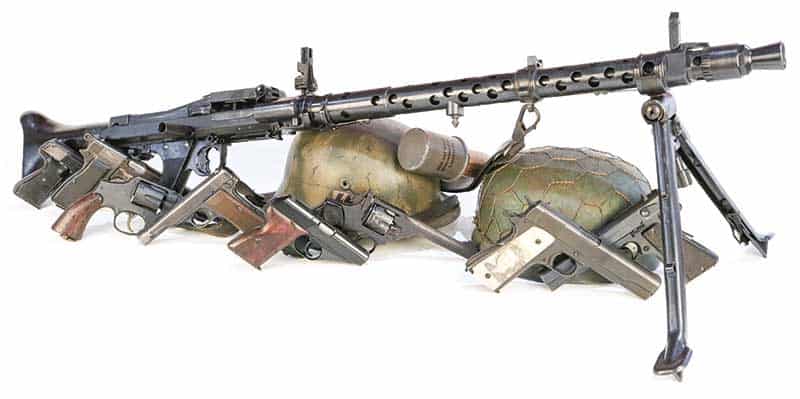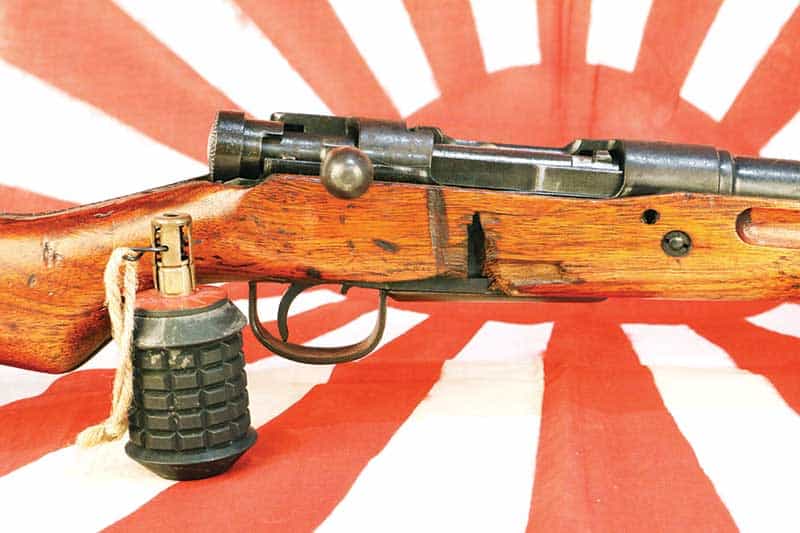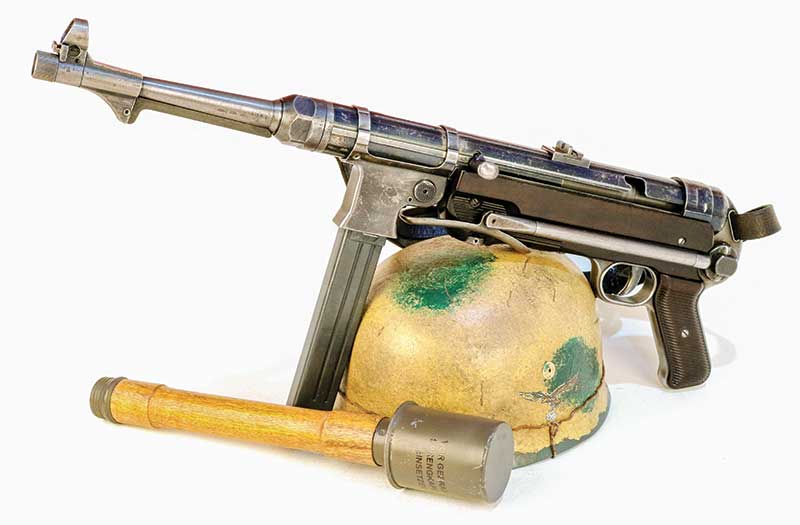





“What are we even fighting for if there aren’t any more houses to burn down?” Perez reportedly said, forlorn. “This is all because of Governor Newsom’s terrible forest management!”
Perez isn’t alone. Social workers are reportedly stretched thin, overwhelmed by a caseload comprised almost entirely of communist arsonists without homes to arson.
“I wanted to watch the city burn,” lamented arsonist José Sanchez, (they/them), “but now I’m stuck looting stores. This is lame.”
President Trump berated California leadership over the situation. “It used to be that half a city would burn down in a good riot,” Trump said on Truth Social, “but California can’t even get that right! Gavin Newscum and Big Mouth Karen Bass the Singing Sensation let the city burn down — SOMETHING THAT NEVER SHOULD HAVE HAPPENED — and now these poor rioters can’t even look cool. DISGRACEFUL!”
At publishing time, rioters had been spotted in Sacramento setting Governor Gavin Newsom’s car on fire.






 God alone knows how many of our kids have been killed by this POS! Grumpy
God alone knows how many of our kids have been killed by this POS! Grumpy